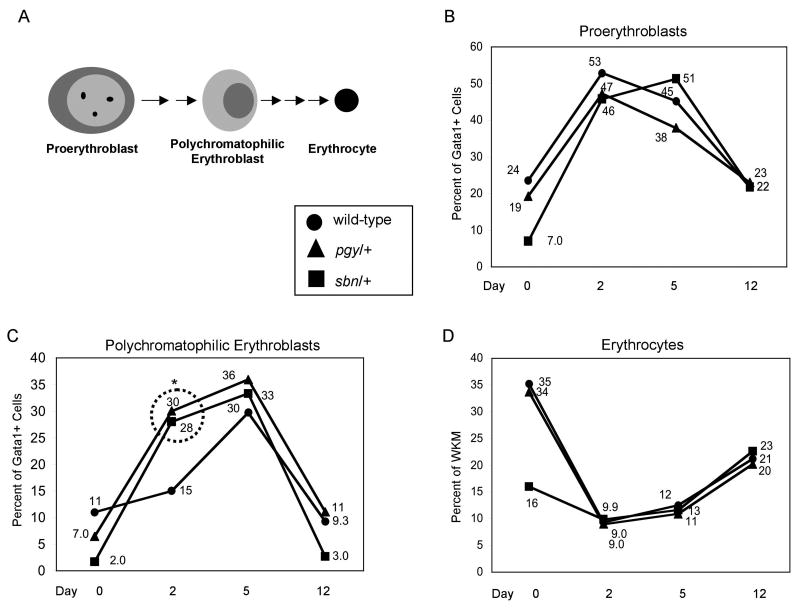Fig. 5. Pgy/+ and Sbn/+ heterozygous adults have an altered response to stress anemia.
(A) Scheme of erythroid development after commitment to the erythroid lineage. These three populations can be isolated using the gata1:gfp transgenic reporter line, as indicated in Fig. 1. (B-D) A cohort of wild-type, sbn/+ and pgy/+ adults carrying the gata1:gfp reporter transgene were treated with phenylhydrazine at day 0. On days 2, 5, and 12, adults were sacrificed, WKM prepared and samples analyzed by FACS. Dead cells were gated out using PI staining. The live cells were analyzed by forward scatter, side scatter, and GFP. Data from matched sets of untreated fish was used to generate the numbers indicated by day 0. The percent of each sub-population of erythroid progenitors was determined by gating on either the lymphoid or precursor fraction and then determining the number of GFP low positive cells in that fraction (see Fig. 1). The percentages were then graphed and P values were determined by two-tailed student's T-Test. For each time point, treated smad5 mutants were compared to age-matched sibling and treated wild-types. P values were as follows: polychromatophilic erythroblasts (day 2), for pgy/+ P<0.001, for sbn/+ P<0.02. For each time point, wild-type n=9, pgy/+ n=6 and sbn/+ n=3. As indicated in the boxed insert: ●=wild-type, ▲=pgy/+ ■=sbn/+. In B and C, the percent of Gata1+ cells refers to the “leukocyte” or “precursor” gate, respectively.

